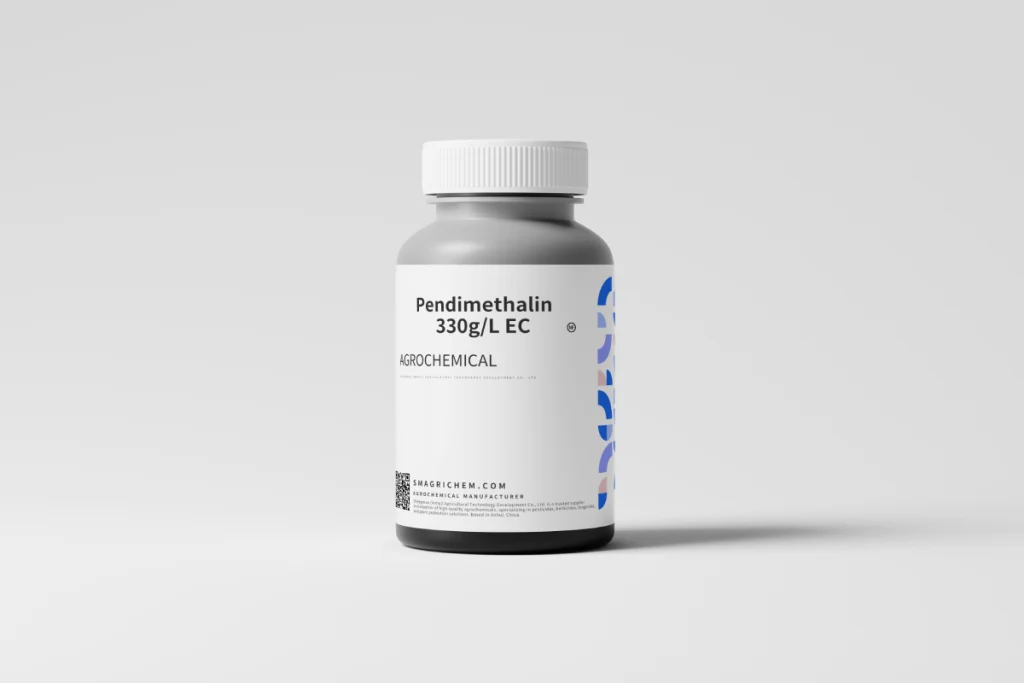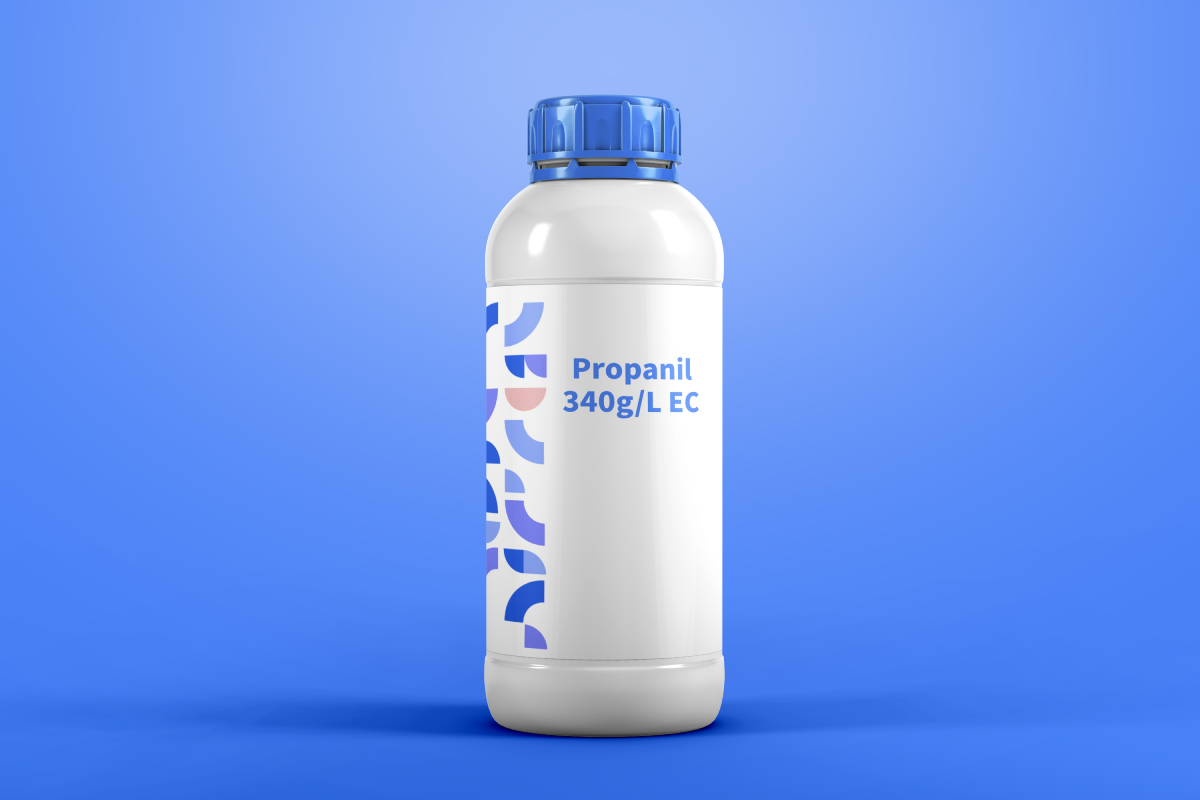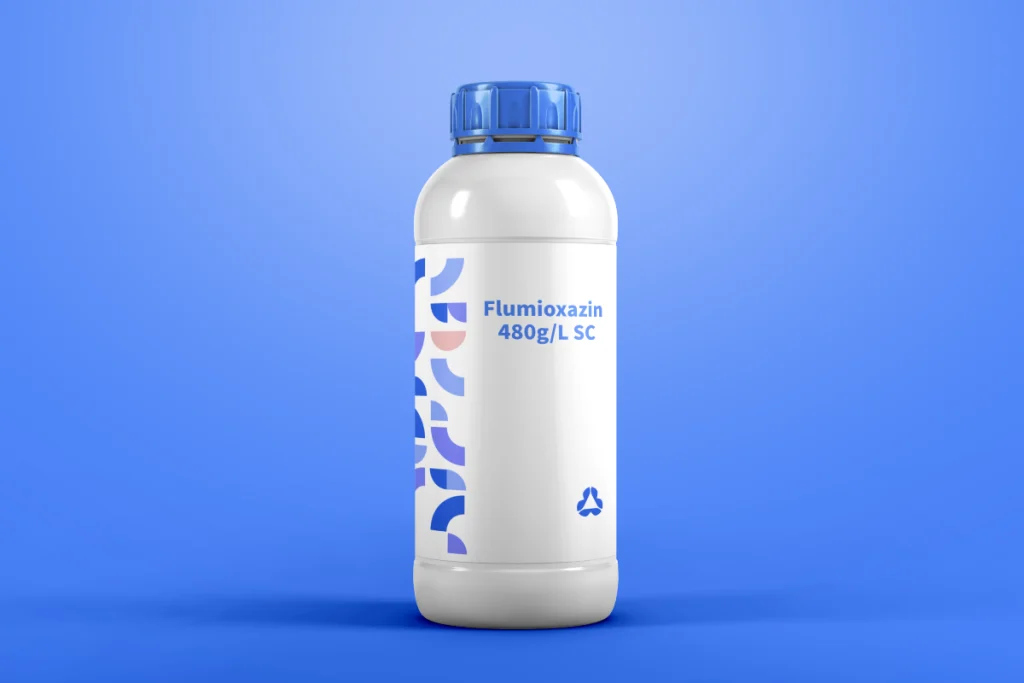Propanil is a selective post-emergence herbicide from the aniline family, specifically developed for annual grass and broadleaf weed control in rice paddies. As a photosystem II (PSII) inhibitor, it disrupts photosynthesis in target plants, leading to rapid chlorosis and death. Its fast action, rice-specific safety, and low soil residual make it a staple in global rice weed management programs.

Pendimethalin 330g/L EC Pre-Emergent Herbicide – Superior Weed Control from the Start
Looking for a powerful, cost-effective herbicide that stops weeds before they emerge? Shengmao Pendimethalin 330g/L EC delivers reliable pre-emergent control of annual grasses and broadleaf



